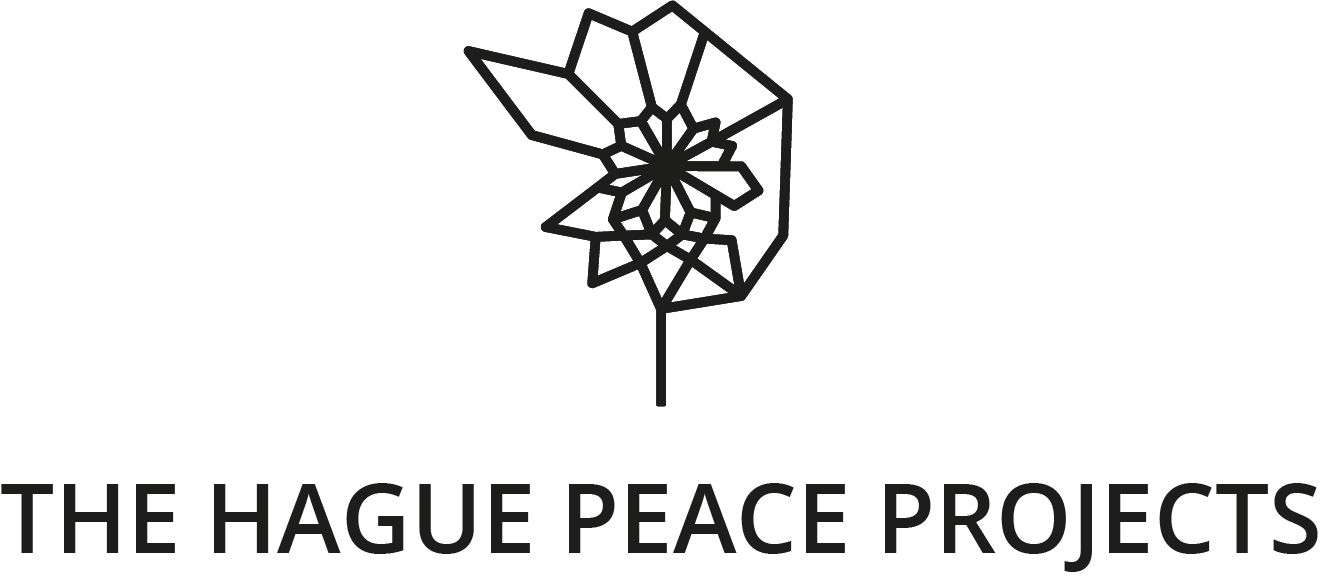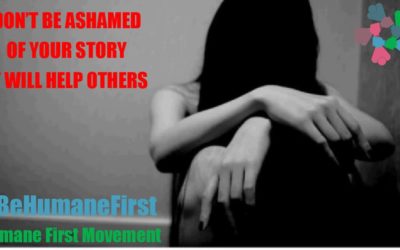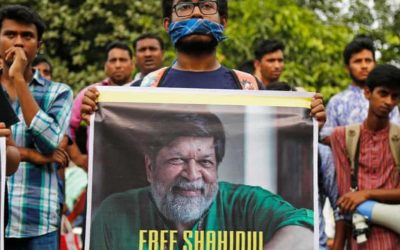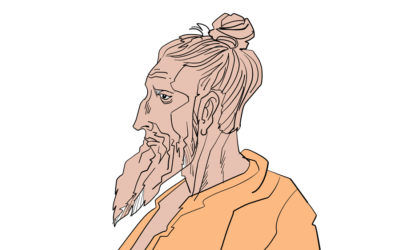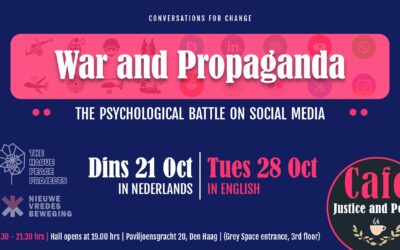1. Wind of Change?
By Alena Kahle
Bangladesh 2018
“There is a wind of change is blowing in the country’s politics.” Thus Daily Star quotes Professor Al Masud Hasanuzzaman (1). On the 30th of December 2018, Bangladesh will be voting on the 11th consecutive Parliamentary Elections of the country, and thereby determine its Prime Minister (7). The incumbent holder of that position, Sheikh Hasina of the Awami League (AL), has led the country’s Executive since 2008. But while in previous elections the months leading up to the elections have been tainted by violent political clashes, those protests that have occurred so far are not so much linked to the elections themselves. In fact, “the state of politics in the run up to the upcoming parliamentary polls looks quite different from what prevailed in 2006 and 2013” (1). In this first article on the elections, we will first consider why these elections are promising, but also why there is doubt about their constitutionality.
Why are these elections promising?
At least the three previous parliamentary elections are said to have been open only to the ruling party and its allies (2). The ever-deteriorating state of democracy culminated in the 10th parliamentary elections of the 5th of January 2014, in which the Awami League secured a tremendous portion of seats. During the polls, observers reported violent clashes between opposition and police, with eighteen people dying in the wake of the polls alone (2). What makes the previous elections so relevant for the current political context is, however, not its electoral violence. Rather, “[as] the largely uncontested elections drew closer, the opposition began a campaign to suppress turnout, hoping it would pressure the government to scrap the results and prepare for new elections under conditions that the [opposition] would accept” (3). In his analysis of the situation, Riaz argues that “even an AL sympathizer” would consider the victory “hollow” (2).
With the 2018 elections approaching, and although their official date has not been determined yet, it can already be observed that violent street agitation is largely absent, and that opposition parties are instead turning to dialogue with the ruling party (1). However, a first round of talks on the 1st of November on how to proceed with the elections lasted just three hours, and neither party claims to have experienced any progress. While some argue that the offer to talk “broke the ice”, others call to exercise caution in drawing conclusions, highlighting that the AL “may very well be buying time in guise of talks [or] might have agreed to a dialogue just to avoid being seen as the one closing the door on the talks.” (4).
Why is there doubt about the constitutionality of the elections?
As is implied in the description of the previous elections, certain rules apply considering party participation in parliamentary elections. While the exact legal provisions are quite complex, the issue can be broken down to the following: Leading up to elections, an existing government establishes an interim poll-time cabinet. As the current opposition does not have representation in the parliament due to its boycott of the previous elections, it argues that it will also be excluded from the cabinet. The opposition is thus urging the government to dissolve the government – this would lead to the establishment of a representative part-time government that would then set up an equally representative cabinet. According to the BNP, this would be the “only way” to create inclusive elections. On the other hand, the ruling Awami League argues that such measures are not necessary, but that other constitutional means can allow the cabinet to be representative (5). Overall, it is advisable for the government “to hold an inclusive general election to form the next Parliament [as] otherwise the political situation may assume the worse shape [sic]” (5). The government is thus noticeable placing huge emphasis on the constitutionality of the elections, which political analyst Ataur Rahman sees as a move to secure public approval, as constitutionality arguably provides actors with legitimacy (5).
Sources
- Daily Star
- Bangladesh’s Failed Elections
- New York Times
- Daily Star 2
- Arab News
- Image
- Dhaka Tribune
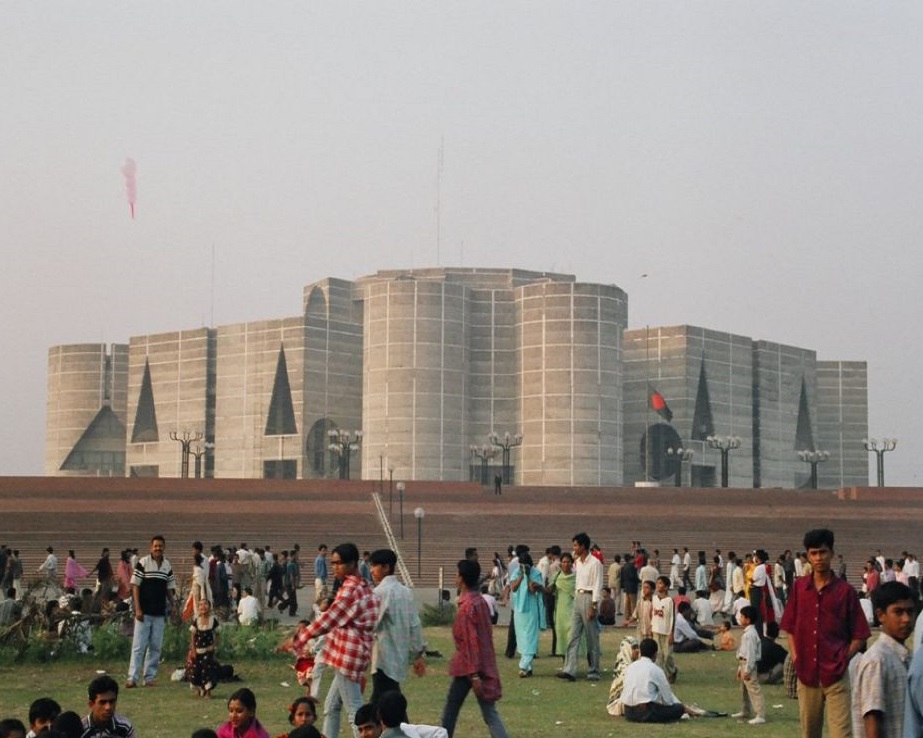
2. Who is Who?
The party horizon in Bangladesh can be complicated at first sight. The landscape is dominated by parties teaming up for their campaigns to secure a two-thirds majority: The United National Alliance, the Bangladesh National Alliance, the Islamic Democratic Alliance, the Jatiya Oikyafront … (7). Overall, over one hundred and fifty parties are said to exist, each with their own somewhat unique program. The alliances tend to be led by a strong party that offers seats to smaller parties in exchange for cooperation. In the following, we will take a look at some of the major players of the upcoming December 30th elections, and consider what conclusions can be drawn from statements made on social media.
The Awami League (AL)
The name translates to “People’s League”. Its leader is Sheikh Hasina, who assumed this position in the 1980s. In the previous elections, the party won 234 seats in the parliament (79.14% of votes), and while this result was criticized, it remained uncontested.
The Awami League is historically a strong party, with five of its leaders having assumed the position of President of Bangladesh and four that of Prime Minister. Politically, it believes in the ideology of “Bengali first”, taking an ethnic stance, and officially stands in support of secularism (1).
During its current rule, on the one hand, the AL is said to have successfully furthered its development agenda, and the international community has stated that it is pleased with the way the government is handling the Rohingya crisis (2).
On the other hand, the AL is allegedly pursuing a one-party rule, and has faced allegations of corruption. Potentially the biggest flaw in its previous rule are its harsh measures in securing alleged public safety, which include imposing media bans and applying lethal force (3). Regarding the former, the government has sharpened the restrictions on media with the 2018 “Digital Security Act”, which Human Rights organisations have harshly criticized. Regarding the latter, when the road traffic situation in the capital Dhaka deteriorated culminating in the death of two students in collisions with a bus, a minister’s reaction was interpreted as his dismissal of the deaths. Ultimately, protestors effectively “took control” of Dhaka’s traffic system in a series of protests against not only insufficient infrastructure, but the legitimacy of the government itself (4).
In regards to whether the AL is likely to secure another victory in the elections, an anonymous user on the internet forum Quora wrote:
Awami League is less corrupt than BNP. […] There might be big cases on corruption by [Awami League] government entities, […] but that is in their ancestral gene. […] They might be embezzling money but no party is truly immune to this.” “[The] average Bangladeshi has seen significant improvement in their quality of life due to infrastructure projects and the big push on IT. […] Awami League’s success can also be attributed to natural advancements in technology that they just had the foresight of adopting and the long-term period they have had to rule, learn and adapt.” “[If] we just take a look at the statistics Awami league has improved Bangladesh like no other party and every time BNP comes to power the economic growth percentage of Bangladesh decreases […] (5)
Bangladesh Nationalist Party (BNP)
The BNP holds the record of being largest opposition in the history of Bangladesh. Due to its boycott of the 2014 elections, the BNP currently holds no seats in the parliament. In the 9th parliamentary election, its popularity had already decreased from holding 193 seats to just 30 (3). Politically, the BNP pursues a nationalist policy under the geographic ideology “Bangladeshi first” (1).
The BNP’s greatest weakness is the crisis surrounding the situation of its leader, Khaleda Zia. Zia served as Prime Minister in 1991-1996, and again from 2001-2006, but due to allegations of corruption was sentenced to jail first for five years, then in a recent appeal case to a increased sentence of ten years (3). The Bangladeshi constitution itself in Article 66(2)(d) states that
A person shall be disqualified for election as, or for being, a member of Parliament who has been, on conviction for a criminal offence involving moral turpitude, sentenced to imprisonment for a term of not less than two years, unless a period of five years has elapsed since his release.
Given the focus on constitutionality of the elections, it thus seems unlikely that Zia will even be eligible to run as a candidate. Further, the violent nature of the boycott of the previous elections does not serve as a basis for a convincing election campaign.
The Jatiya Party (Ershad)
The Jatiya Party is currently represented by 34 seats in the parliament, having claimed 11.31% of the votes in the previous elections. It follows the BNP in its pursuit of “Bangladeshi first”. Its current leader Hussain Muhammed Ershad only assumed the position in 2013, but the party is historically known for having usurped state power in 1982 by a coup d’état, after which it ruled for the brief period of a year.
Jamaat-e-Islami (JI)
The JI is a curious case, as its loyalty is said to rotate among political orientations. Although it primarily focuses on promoting “Islam first” (1), it allied with the BNP in 2001 who pursues what is arguably a different ideology (3). In an increasingly Islamised society, the JI could indeed secure a significant amount of seats, but its history imposes serious obstacles: In Bangladesh’s Liberation War on 1971, which until day remains a topic relevant to the country’s identity, members of a militia allied with the JI fought alongside Pakistan and participated in mass atrocities involving mass murder and alleged genocide (3). The JI “continues to claim that it is innocent of any atrocities, and has never apologized”, and most ruling parties seem to have decided to ignore the issue (3).
What is the first prognosis?
Another user on the forum “Quora”, in responding to the question which party is likely to come first in the elections, posted the following statement:
Bangladeshi people have a record of voting alternately for Awami League and BNP since return to democracy in 1990. People don’t trust either party to govern for more than one term without trying to set up a one party state. Based on the above, the BNP is likely to win as it’s their ‘turn’. (6)
However, simply looking at social media might not give a representative portrayal of the situation on the ground. As social scientist Manuel Castells argues, “social media triggers some of the basic human emotions”, namely anger and fear, whereby the average user will primarily come across outrage (4).
Sources:
-
- Party Politics and Political Violence
- Arab News
- Bangladesh’s Failed Elections
- How Social Media Breeds Social Movements
- Quora
- Quora 2
- Mega Alliance in The Making
- Image
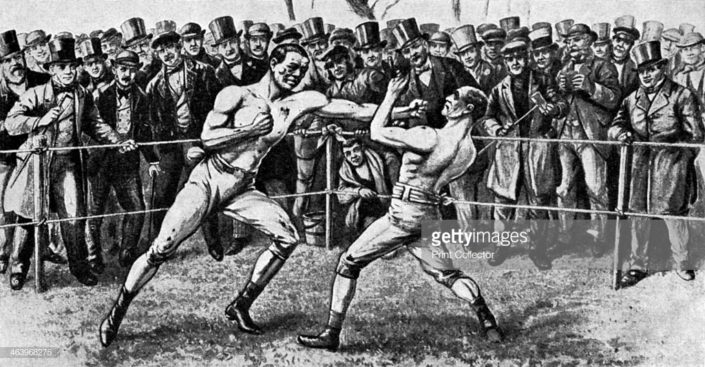
3. A Political Culture Like a Bare-Knuckle Fight
-
-
Bangladesh until 1991 was a military regime (1). The traces of such former militarization are ever-present in society and crystallize through the need to stay in power that surges once elections take place. In 2013, a Freedom in the World report indicated that Bangladesh’s political situation was seemingly “ready to spin out of control” (1). On the one hand, issues such as corruption, lack of press freedom and poorly working checks and balances interfere with the fairness of regularly held elections (1). On the other hand, the political culture in itself is based on antagonization (2). Political conflicts are in a perpetually escalated state and are carried out not over ideological differences, but as vicious cycles of revenge and assertion (2).
While political agendas and critical topics may change, what persists is nonetheless a deep-rooted political culture that “resembles a bare-knuckle fight—bloody, vicious, without rules, and sometimes fatal.” (2)
This last of three articles on the Bangladeshi elections attempts to understand the source of this political and electoral violence by drawing on various theories of violence and reports on oppositional oppression.
-
-
Political violence comes in various forms. One form, for instance, expresses itself in arguments on differences of opinion. Arguably, although arguments should serve the purpose of convincing one another, certain political debates at higher level are mere assertions and proclamations of opinions, meant to continue for an indefinite amount of time. Second, political violence can take the form of physical clashes. This term covers street fights, attacks on rallies, strikes, protests, sieges and others (2). Such clashes are not primarily driven by political opposition towards each other, but by internal dynamics of being united against an alienated opponent. In Bangladesh, the second form of political violence takes prominence. As Moniruzzaman observes, “institutional interaction between parties is largely overshadowed by non-institutional methods of interaction” (2). Hence, the population takes matters into its own hands, as the prospect of elites securing the country’s governance is in the stars. What follows is an assertion of persistence, often taking the form of attacking another party’s rally, which in turn is followed by a demonstration of strength by those that were attacked. To illustrate the dimensions of the physical clashes, one needs only look at the 2016 Union Parishad Election, in which electoral violence reached a record high when over one hundred people died in fights between Awami League and BNP supporters (3).
Theories of political violence rarely cover all aspects of case studies, and it is thus natural that Bangladesh is no exception. In fact, Bangladesh’s electoral violence rather conforms to its own logic. Most researchers assume that political violence is merely temporal, applied to defy general norms only until a certain goal has been reached, namely that of inclusion of deviant separate ideology. Violence by political parties in Bangladesh, however, is not a means leading to an end – it is the end itself.
In ideal constitutional regimes, according to Talcott Parsons, citizens and their political representatives come to a tacit agreement: As long as one side exercises restraint in its political demands, the other side will in return exercise restraint in oppressing and coercing (4). Take away some of the two ingredients for a more or less violence-free society, however, the situation becomes tricky: In Bangladesh, parties upon assuming office immediately marginalize and harass the opposition (5). This phenomenon is common to all major parties. “Former opposition parties [are] therefore quick to take revenge on their outgoing rivals virtually every time party governments changed through elections […]” (5). What results is a vicious cycle: without the above-mentioned promise of restraint, oppositional parties frequently cite repression by the ruling party as a legitimization of violence. The ruling party, scared of being repressed itself if it was to lose office, harshens its measures of oppression of the opposition, yet again providing the opposition with even more cause for violence (2). Another aspect worth investigating is that violence is usually interpreted as a danger signal. Political violence, as argued by Coser, can be seen as an “indicator of how serious the group is in pressing its claim” (6). But in Bangladesh, erupting violence is much more than that. It is the status quo, habituated in politics. It is the path political figures take if they want to be heard or taken seriously. Having become the language in which politics speak, political violence in Bangladesh is institutionalized.
Causes of violence are deep-rooted, and examining them fully is a major task of its own. However, some conclusions can be drawn on the origins of political violence based on the last fifty years of Bangladeshi history. Generally, the 1971 Liberation War against Pakistan is seen as a crucial development among researchers. After its independence, the whole of Bangladesh was under adrenaline, with large quantities of weapons floating around deprived of their original purpose. The newly founded Bangladesh quickly turned into a military regime; the first government introduced a policy that provided Members of Parliament with light machine guns. In turn, a party-internal policy led to arms being distributed to the student front of the ruling party in order to secure the public (2). The culture of armed violence is thus not just a remnant of the Liberation War that is still within society, but was actively introduced by the first government in order to build a nation (2). Of course, this explanation does not tackle the issue fully.
In early November at an election rally, the alliance Jatiya Oikyafront of which the BNP is a member turned to voters calling to “stand strong”, reminding voters that they “are the owner of the state” (7). Although such proclamations in theory reflect fundamental concepts of democracy, the Oikyafront’s speech threatened to intensify agitation and take to the street if its demands were not heard (7). The BNP’s Standing Committee Member Hossain warned: “Give us a solution or else get ready to face a movement” (7). Although early analyses of the upcoming 2018 elections gasped at their peaceful nature and reported that violence was unfolding slower than had been expected, expressions of violence are thus not at all absent.
Disclaimer: The author is not an expert on political violence, and the analysis thus draws on conclusions of other authors. The opinion portrayed in this article does not promise to have covered the case study perfectly in all aspects, but hopes to have given a general overview of the problematic and an introduction to the matter.
Sources:
- Riaz, Ali. “Bangladesh’s Failed Election.” Journal of Democracy 25(2) (2014): 119-130.
- Moniruzzaman, Mohammed. “Party Politics and Political Violence in Bangladesh: Issues, Manifestation and Consequences.” South Asian Survey 16(1) (2009): 81-99.
- Bangladesh braces for final round of union council elections that have left over 100 dead. Bangladesh News 24.
- Parsons, Talcott. “Some reflections on the place of force in social process.” Sociological theory and modern society (1967): 264-96.
- Lorch, Jasmin. “Elections in Bangladesh: Political Conflict and the Problem of Credibility.” E-International Relations (2014): 1-7.
- Coser, Lewis. Men of Ideas: a Sociologist’s View (1965). New York: Simon & Schuster (1997).
- Movement if talks fail. The Daily Star.
- Image
